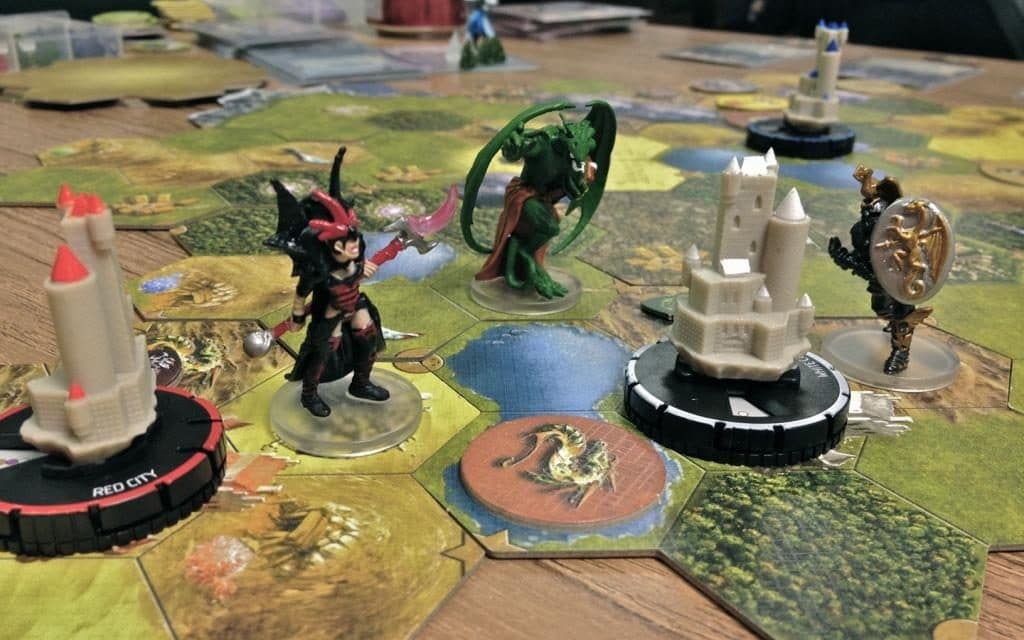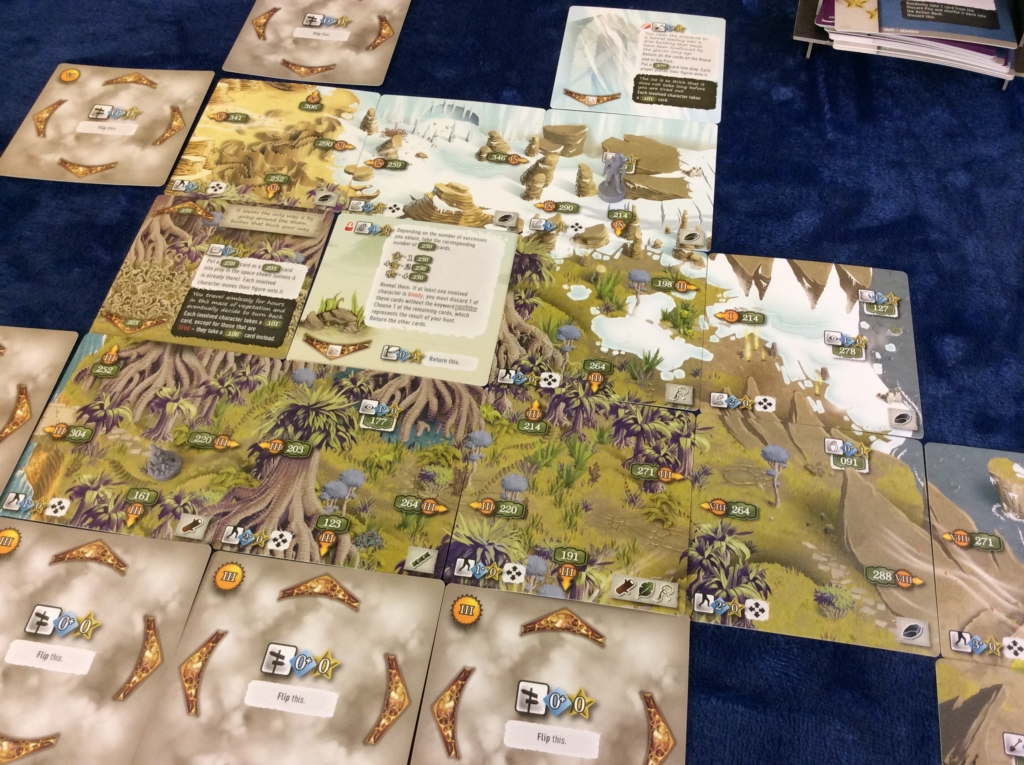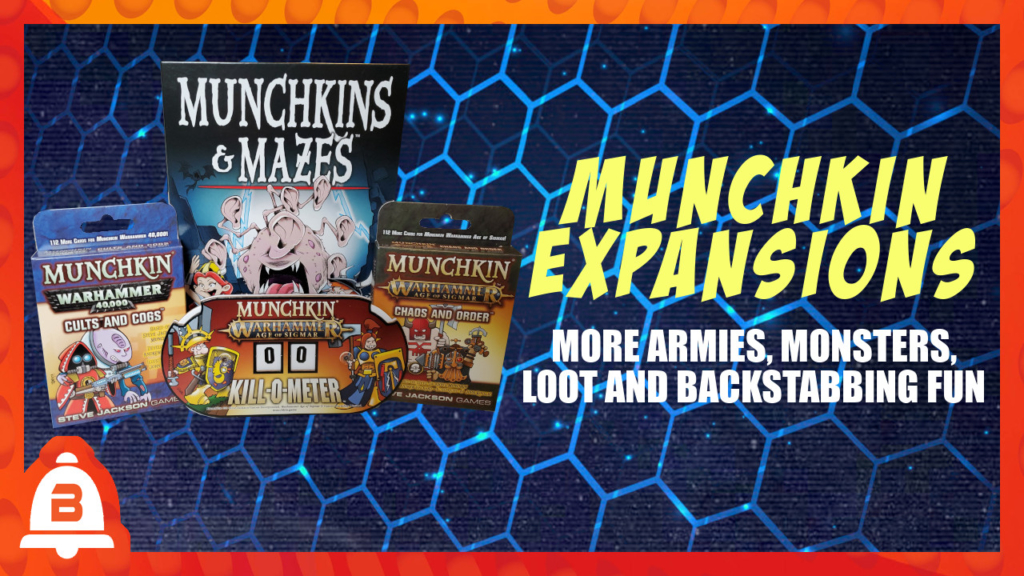What Even Is a Modular Game Board?
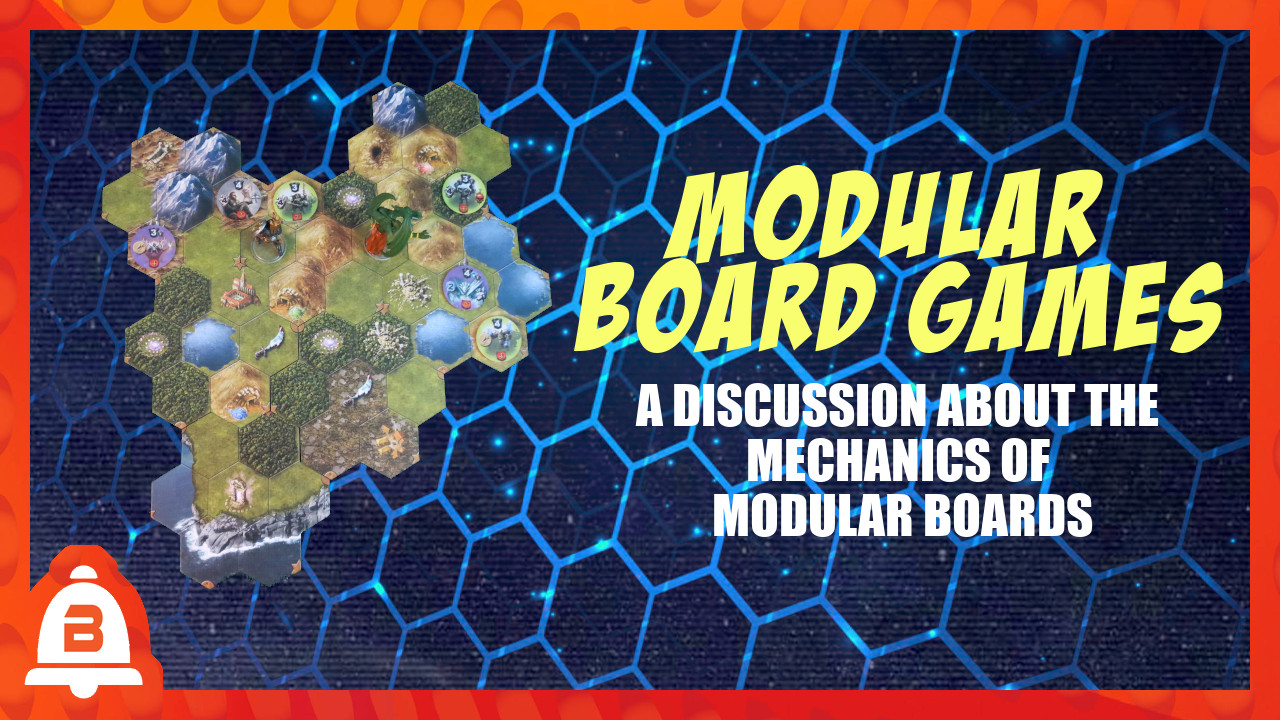
Plenty of board games nowadays don’t even really have any board to speak of, so how do they get it done?
Hey friends! Today we are getting back to some older roots of discussing game mechanics and a sprinkling of game theory. But this time with the added bonus of you not having to read if you don’t want!
In what will hopefully be an intermittent continuation of being able to do these game mechanic analysis videos/articles, we begin today with the eponymous “board” of board games. The idea of a board game seems straight forward: it’s a game played on a board. But that’s not really the case anymore. Plenty of games are played with cards, or hexes, or tiles, or whatever else these crazy board game designers are coming up with. And while we’re not here to argue over whether something like Munchkin is a board game or a card game, we are here to discuss one dividing factor: the modular game board.
A modular game board is any gameplay area that is defined not by a singular, static board, but rather by several pieces that are meant to be swapped around and fit together, either during setup or during gameplay. The idea here is to change the board on which the game is played with each concurrent playthrough. A prime example of this is Settlers of Catan, which uses hex tiles to tessellate a new map with every game, additional permutations of the board are created by the resource chits, which determine the bountifulness of each resource hex. If you also include the modular port tiles in the Seafarer’s expansion, these three components combine into creating a possible number of games board reaching into the septillions!
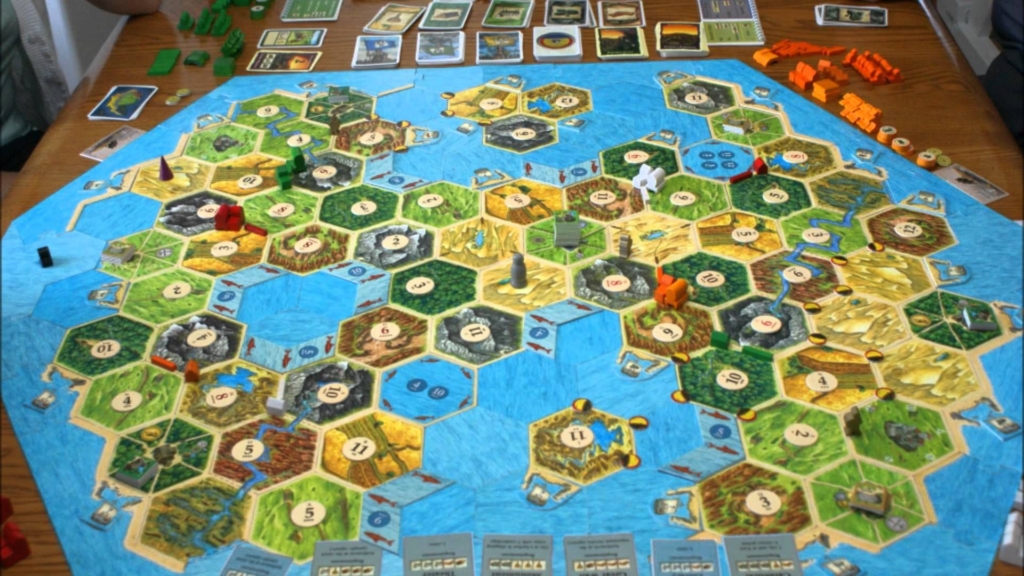 Still less than the number of ways to shuffle a deck of playing cards
Still less than the number of ways to shuffle a deck of playing cards
This amount of boards obviously improves the replayability of games like Catan. If the board were the same every time, it would still function as the same game. However, it would create several optimal staring spots and lead to optimal strategies. At that point, the only deciding factors of the game would be the resource rolls and how willing the other players are to trade. It takes almost all of the player agency within the game as a whole.
This is only because the player’s strength within the game (i.e. the number of resources they have and their placement of cities and roads), is directly “granted” by the board. This is in stark contrast to a game like Chess, in which the board has no bearing on the player’s game strength at all. The board is simply the medium on which the game is being played, but not really a factor of the game itself, short of restricting piece movement.
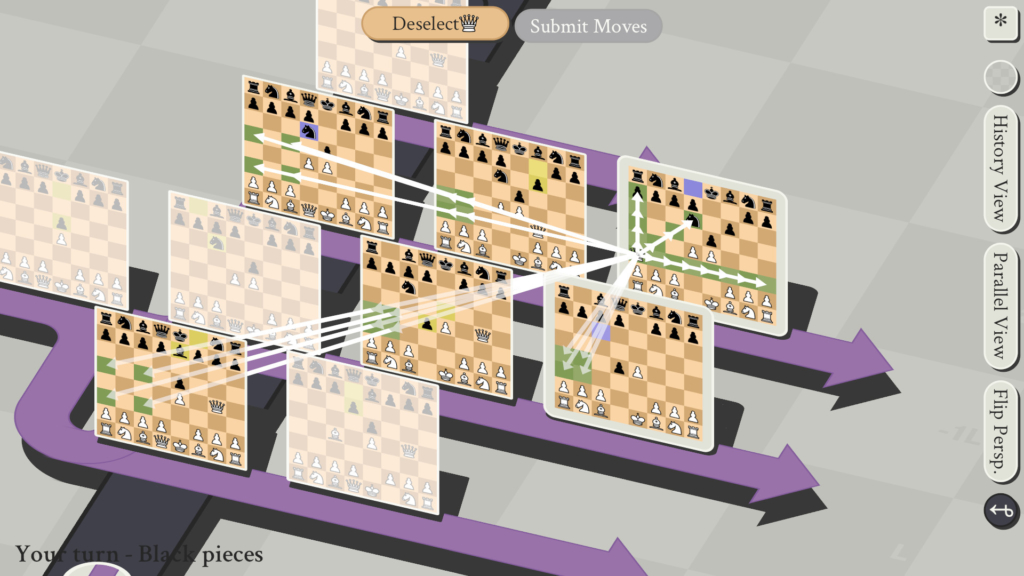 No matter how many dimensions…
No matter how many dimensions…
But this is not the only way modular boards are used. They are a natural contender for use in exploration and discovery games. Any game which starts the player(s) on a single map tile and allows the players to add more as their pieces move outward, is using a modular board. Whether the tiles are laid out randomly (e.g. Mage Knight) or have a specific layout (e.g. 7th Continent), these games still wouldn’t work on a singular board. Even with an example like 7th Continent, where players are meant to find the specific map tile when they move into an unknown region, this wouldn’t work without a modular board setup.
Both games are using modular boards to represent the “fog of war” you find in real-time strategy games. Whether the map is predetermined or not, the fact that it is hidden to the players is what makes it exciting to step into the wild unknown. If these games were to lay out the whole board during setup, all the suspense would be sucked out and players would be able to plan their entire game from the start, accounting for any random encounters.
So in conclusion, I’m a big fan of the modular board mechanic. It obviously doesn’t work with every game. But modular boards tend to pop up in the games that I like playing because I tend to love exploration and discovery. That’s why I played Legend of Zelda: Breath of the Wild for 100 hours before even going after the first boss. Also, why I stan Moana so hard.
 One day I’ll know, How far I’ll go
One day I’ll know, How far I’ll go
Thanks for reading!
Let me know if you like articles like this, and I will do them more often!
Also, any suggestions on what mechanic to cover next?

